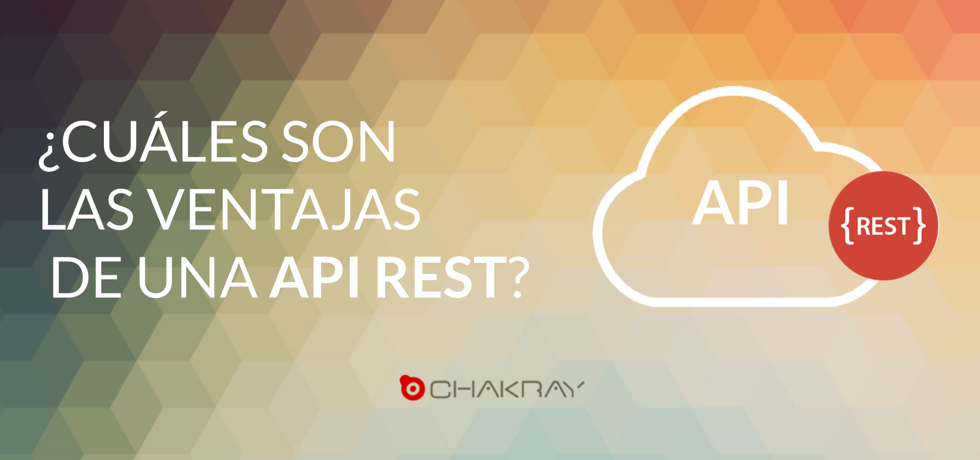For a long time, standard data transfer protocols offered great capabilities, but were also notoriously difficult to handle. SOAP (Simple Object Access Protocol) was a prime example. However, adoption of a simpler alternative such as REST (Representational State Transfer) has grown exponentially because it provides numerous advantages.
“Nowadays, there are many applications and projects that use a REST API, and hundreds of companies that do better business thanks to its features.”
What is a REST API or RESTful API?
A REST API, or RESTful API, is an application programming interface (API or web API) that conforms to the boundaries of the REST architecture and allows you to interact with RESTful web services. They are used to exchange information securely over the Internet.
This interface between systems using HTTP to receive data or perform operations in various formats (such as XML and JSON) allows for much faster handling. Nowadays, there are many applications and projects that utilise a REST API, and hundreds of companies doing business thanks to its features. It provides them with horizontal growth and they achieve more efficient and logical API creation for Internet services.
REST APIs make it easy to create applications and services that can be used by different clients and devices, which is why their simplicity is one of the main features of this interface compared to the standard data exchange protocols that have been used up to now, such as XML-RPC and, above all, SOAP. In SOAP, which uses XML data transfer, operations are defined as unidirectional WSDL ports, with many instances of a process sharing the same operation. In REST, however, operations are defined in messages themselves, and there is a single direction for each instance of the process. Components are not coupled in the same way in both cases; in SOAP they are tightly coupled, whilst in REST that coupling is loose.
-Before continue reading, keep an eye on this useful introduction to REST APIs-
Why choose REST?
- Scalability. This protocol stands out due to its scalability. Thanks to the separation between client and server, a product may be scaled by a development team without much difficulty.
- Flexibility and portability. RESTful API requests can simplify migrating data from one server to another and making changes to databases. The frontend and backend of your application can therefore be hosted on different servers, which is a significant management advantage.
- Independence. With the separation between client and server, the protocol makes it easy for developments across a project to take place independently. In addition, the REST API adapts at all times to the working syntax and platform. This offers the opportunity to use multiple environments while developing.
REST advantages over SOAP
REST overcomes many of the disadvantages of SOAP, such as the need for clients to know the operation semantics as a pre-requisite for its use, or the use of different ports for different types of notifications. In addition, REST can handle many resources, while SOAP needs many operations to accomplish that.
These are some of the advantages of REST:
- It is usually simple to build and adapt.
- Low use of resources.
- Process instances are created explicitly.
- With the initial URI, the client does not require routing information.
- Clients can have a generic ‘listener’ interface for notifications.
-Interesting post:What are the differences between REST and SOAP?-
While SOAP focuses on the design of distributed applications, REST does so with scalability and large-scale performance for distributed hypermedia systems.


Reduce costs, complexity and technical debt with your API portfolio
Start making APIs work for your business, talk to our experts!
contact us about api management






